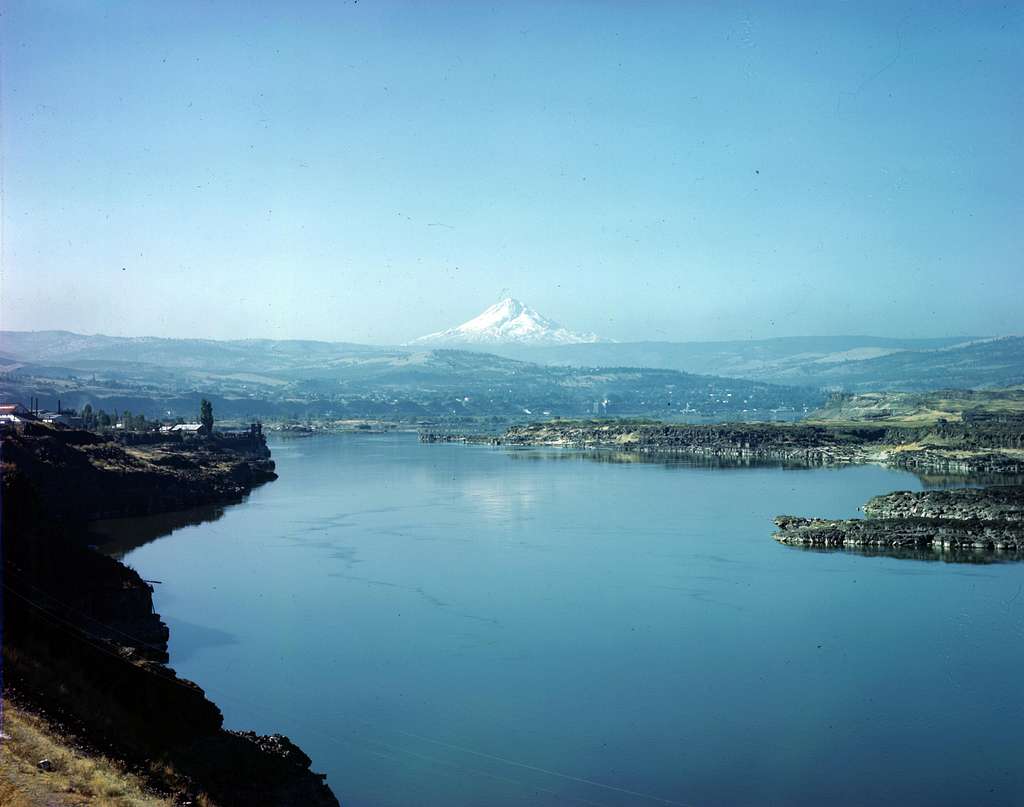By Jerry Bryan
A north star is, for example, forest restoration. Atomic restoration is a constellation of north stars.
— Matt King, low-carbon energy expert
Born and raised in the Columbia River Gorge on the border of Washington and Oregon downwind of what is now the Hanford Manhattan Project National Historic Park, I grew up with stories about our mothers’ inability to carry their growing babies to full-term. I’m also old enough to have witnessed the construction of some of the Columbia River dams and heard the old ones tell the terrifying tale about how the Dalles Dam silenced Celilo Falls, catastrophically interrupting the traditional lives of the Pacific Northwest Tribes. (1) On the heels of the drowning of Celilo Falls, the Columbia River salmon, already in trouble starting at least as far back as the 1940s, became even more endangered.
Nowadays, I still live in the Pacific Northwest, tucked into the northwest corner of Washington State between the North Cascade Mountains and the Salish Sea in a culture of people who, despite our often polarized political perspectives, generally strive to resolve our resource challenges by working together. Most of us believe in restoring the wellbeing of the Southern Resident orcas, which also means saving the Columbia River Chinook salmon, their primary food source. In many ways, the salmon and orcas inspire us to seek common ground.
Unfortunately, while salmon-centric environmental groups have been fighting to save the fish for a long time, real progress, as measured by actual salmon recovery, is hard to see. The Columbia River dams, while vitally important during the Dust Bowl and World War II days, have always inexorably killed the salmon. The dams have seen their day, and that day has passed. But in order to remove the Columbia River dams, we must first replace electricity they provide and other hydropower dam services, and, despite the misgivings of some environmentalists, the best way to do this without increasing carbon emissions is with advanced nuclear reactors.
